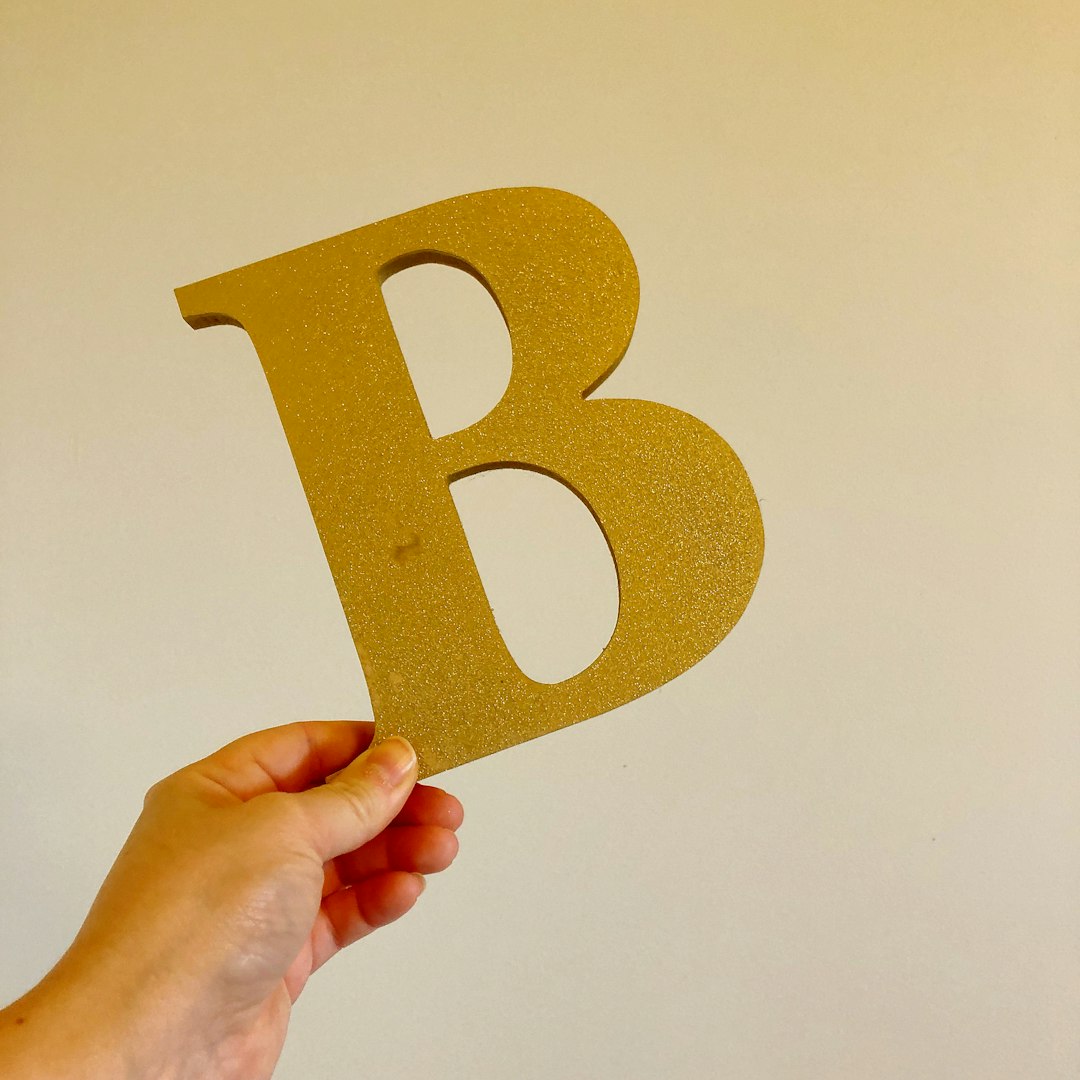Designing a logo is just the beginning of building a brand identity. Once the creative work is done, how do you know if your logo is effective? Will your audience recognize it? Trust it? Associate it with the right kind of brand? These questions are critical, and one of the most efficient ways to answer them is through five-second tests and polls.
TLDR
Five-second tests and polls help validate a logo by capturing first impressions and quick associations. These methods ensure your design communicates the right message to the right audience. Use five-second tests to gauge immediate reactions and polls to gather broader, more reflective opinions. Together, they eliminate guesswork and guide logo refinement.
Why Logo Validation Matters
A logo is more than just a graphic; it’s a communication tool. It sets the tone for your entire brand. If your audience is confused within their first few seconds of seeing your logo, you’ve already lost valuable mindshare.
Moreover, internal stakeholders and design teams can suffer from bias due to their close proximity to the project. External validation helps cut through assumptions and uncover how people without context react—which is far more telling of real-world outcomes.
What Is a Five-Second Test?
A five-second test is a usability method where users are shown a visual (like a logo) for just five seconds. After the brief viewing period, they answer questions about what they saw.
This technique is built on the principle that people form strong first impressions quickly. In branding, this window of time is crucial—you often don’t get more than five seconds to make an impact.
How to Run a Five-Second Test for Your Logo
Here’s a simple way to run a five-second test:
- Choose a target audience representative of your end users.
- Display only the logo for five seconds with no explanation or context.
- Ask 3–5 follow-up questions immediately after.
Sample questions could include:
- What do you remember from the logo?
- What type of company do you think this is?
- How does the logo make you feel?
- What stands out to you most?
The simplicity of this test is its strength. Responses are raw and unfiltered, coming straight from the user’s gut reaction.

The Role of Polls in Logo Validation
Unlike five-second tests, polls aim to capture a wider variety of opinions, often over a longer time frame. They allow multiple logo options, side-by-side comparisons, and demographic analysis.
Polls are particularly useful when you’re debating between several logo versions or want to quantify user preferences.
Crafting Effective Poll Questions
Your poll should be short, focused, and thoughtfully designed. Avoid complicated layouts or questions that require too much interpretation. Consider including:
- Which logo do you prefer?
- Which logo looks more modern/trustworthy/innovative?
- What company mission do you think this logo represents?
- Do any of these logos feel confusing or unclear?
Choosing the Right Platform
There are numerous platforms that let you conduct polls and A/B tests, including:
When possible, target real users—not friends or colleagues. Objective data is more actionable than subjective opinions from people too close to the project.
When to Use Each Method
Both five-second tests and polls play a role depending on your stage in the logo design process:
- Early Concept Testing: Use five-second tests to see how raw concepts resonate without context.
- Refinement Stage: Use polls to A/B test variations of your logo and make smart refinements.
- Pre-Launch: Conduct broader polls to confirm your final choice before going live.
Real-World Scenario: A Startup Rebranding Effort
Imagine a health-tech startup going through a rebranding. The design team narrows down three logo options. Here’s how they validate using both methods:
- They conduct a five-second test with 50 people in their target demographic. Feedback shows that one logo option reminds users of a fast-food chain—not a good match.
- They discard that logo and launch a poll with the two remaining designs. One emerges as 65% more favorable, with users calling it “professional” and “clean.”
- The team implements minor changes based on further poll feedback—like refining font thickness—and goes live with their new validated logo.
The result? A logo that not only looks good internally but also works publicly.

Key Benefits of Using Five-Second Tests and Polls
Let’s highlight the major advantages of these validation techniques:
- Quick Feedback: Get useful insights in hours, not weeks.
- Cost-Efficient: Simple tests with high impact that don’t require big budgets.
- Bias Reduction: Reduce internal biases by gathering true first impressions from outsiders.
- Data-Driven Decisions: Make design choices backed by real user input, not assumptions.
Common Mistakes to Avoid
While these methods are simple, improper execution can skew results. Avoid these pitfalls:
- Testing the wrong audience: Always validate with people representative of your market.
- Asking leading questions: Keep questions neutral to avoid influence.
- Ignoring N/A responses: If a large portion misunderstands the logo, consider that a serious red flag.
- Over-testing minor tweaks: Validate big decisions, but don’t fall into analysis paralysis with every pixel shift.
Tips to Maximize Value from Tests and Polls
To get the most accurate and usable data:
- Test multiple times: Run different groups through the tests for layered insights.
- Cross-tab data: Break down results by age, gender, or other variables to detect patterns.
- Mix qualitative and quantitative: Ask open-ended questions for context and multiple-choice for clarity.
Final Thoughts
You’ve spent time and energy designing a logo, so don’t skip validating it. Even the most beautiful design can underperform if it doesn’t evoke the right message to the right audience. Five-second tests and polls are fast, effective tools that put your designs in the hands of the people who matter most—your users.
Validate strategically, listen carefully, and let your next logo be built on more than inspiration—let it be built on insight.
